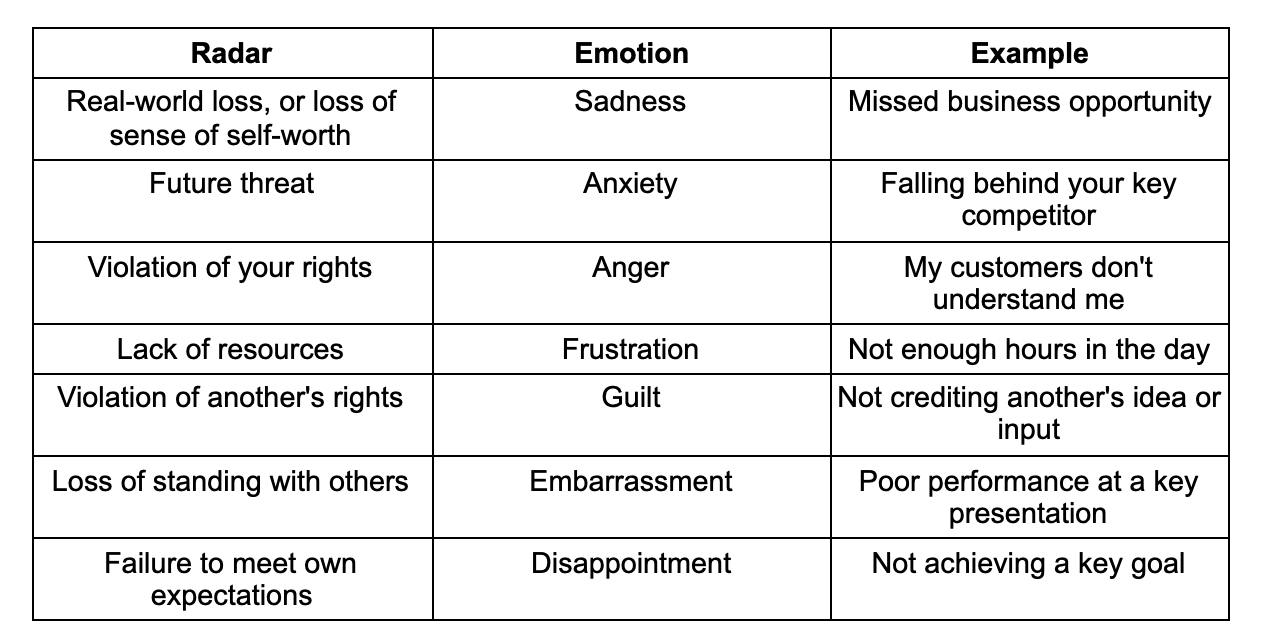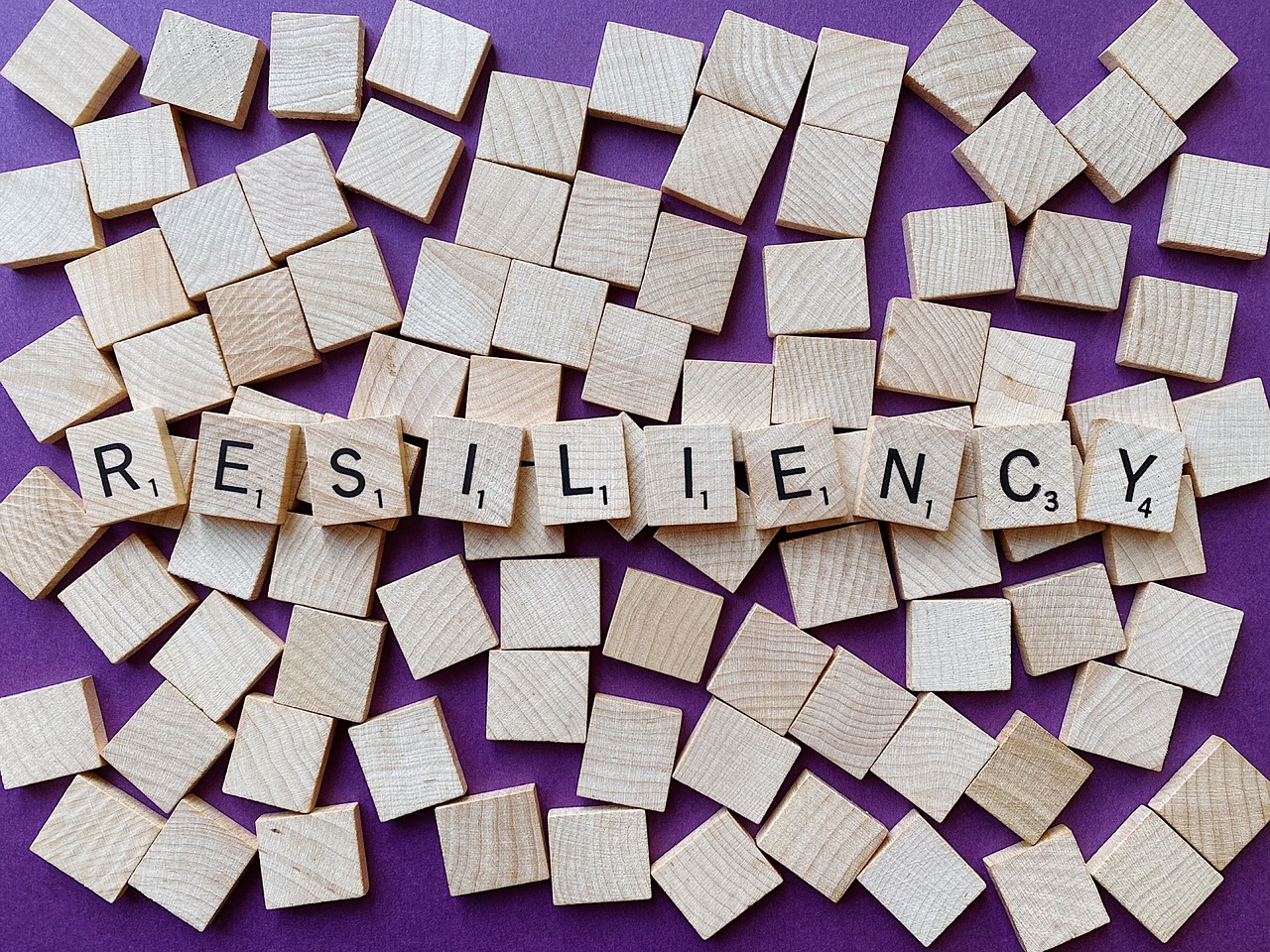Building Resilience – The Foundation to Your Success
Part 1
Resilience seems to be one of the new buzzwords, but in reality the concept has been around in various guises for many decades. The earliest research into resilience occurred in the 1970s with children in high risk environments. It was observed that despite facing a good deal of adversity, some children were able to gain strength and avoid negative outcomes, whilst others were affected in a far more detrimental way. In more recent years research has focused on the application of resilience to individuals that actively seek out challenge – such as entrepreneurs – and methods to enhance performance. It is easiest to think of resilience as an elastic band, which can only stretch so far before it will snap. The ability to return to its original form is resilience. So how can you build resilience to face all of the challenges in your journey towards your entrepreneurial goals?
Stay realistic rather than trying to always be positive
This one sounds like a contradiction, but stick with me here. We have often been taught in our upbringing to constantly “think positive,” no matter the situation. Whilst the intention behind this idea is sound, it is not always helpful. Sometimes thinking positive just makes us feel worse if it does not seem genuine, and it can actually distract us for formulating a more realistic approach to our issues. So rather than trying to “think in a positive way,” try to “think in a helpful way.” For example, if we encounter a setback and lose a key client, simply telling ourselves that “everything will work itself out” is not particularly helpful. A more helpful approach is to think that “I will focus on making amends with this client if possible, or else I will focus my energy into a new lead.” The reality is that negative events happen to all of us, so rather than expending all of our energy trying to bury negative feelings and override them with positivity, acknowledge the situation is not ideal and then try to form an action plan. This realistic optimism will serve you much better than trying to always wear rose-coloured glasses. If an action plan is simply not possible, acknowledge your feelings as valid before shifting your focus to something within your immediate control.
Surround yourself with great people
Whilst part of being resilient includes being self-sufficient, it is also important to draw on the support of people around you for strength when you need it. Seeking support is not a sign of weakness, it is an important part of our social structure and can provide added strength for you when needed. It is a two way street! If you surround yourself with supportive, nurturing influences, you will only become stronger and in turn, assist your nearest and dearest to experience growth in themselves. Collaboration is the key…and isn’t that part of the reason we are all here as part of the Entrepreneur Social Club, after all?
Develop your EQ – emotional intelligence
Emotional intelligence is essentially being able to recognise and manage your own emotions, as well as those in others, to maximise your success in interactions. Developing EQ has long been a focus in organisational psychology, and building your ability to emotionally regulate will assist you in dealing with adversity. We feel emotions because they have some adaptive value, and understanding this value is crucial in managing challenging events. Here we can introduce the concept of emotional RADARs. A radar acts by sending out a signal which bounces against objects, and returns to the origin indicating how large the object is, and its distance away. The larger the object, and the closer it is to the origin, the louder the noise. In parallel, our emotional RADARs respond more loudly to events that are larger and closer to us in terms of their effects. An event for one person may send their RADAR into chaos whilst the same event for another may barely register! The most common RADARs are as follows (Shaffe, 2009):
Radar Emotion Example
These emotions will of course come with their own physical responses, such as a racing heart and butterflies in the case of anxiety. You can explore your own emotional RADARS by making a list of all the potential adverse events that you have faced, and may face, in your business journey (for example, establishing your website, gaining your first sale or client). Next to each event, identify the likely emotion that may ensue (for example, anger, defensiveness, frustration). Then use the table above to decode the meaning of the associated emotion. Building this self-awareness of your own responses to events is the first step in managing them.
Stay tuned to the next instalment for more techniques on managing your RADARS and building your resilience. Alternatively if building resilience is an area you would like to develop, feel free to contact me for an individual discussion.
Emma Hall Performance Psychologist
Emma Hall | December 14, 2020
